We just received a conceptual Formula 1 car from Andries van Overbeeke. It’s a realistic vision of F1 concept car that can be implemented in 2017, following new rules revolution talks. You can read his explanations below.
I made a realistic future Formula 1 concept that could be implemented in 2017, when there is a big rule change. The intention of these rules is to make the cars look more aggressive and attractive. A lot of prominent Formula 1 guys have been talking about wider cars and bigger rear wheels, however there have been no realistic concepts that explore the aesthetics of these rule changes. I decided to make some nice crisp 4K images.
Looks are very important in Formula 1, but the quality of racing often is determined by the laws of physics. The problem here is that F1 cars are very dependent on aerodynamics for their speed: a leading car disturbs the airflow for the car following close behind, causing ‘dirty air’, and makes it difficult to have close racing. Thinking about the implications of your design on physics and the racing is very important.
The intention here is to make the cars less sensitive to the negative effects of dirty air, and shift more towards mechanical grip.
Designer : Andries van Overbeeke
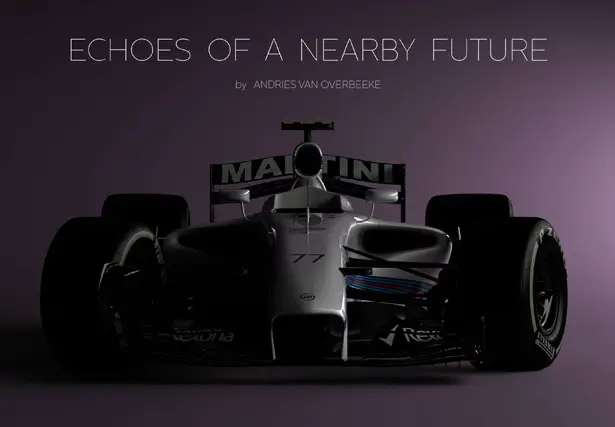
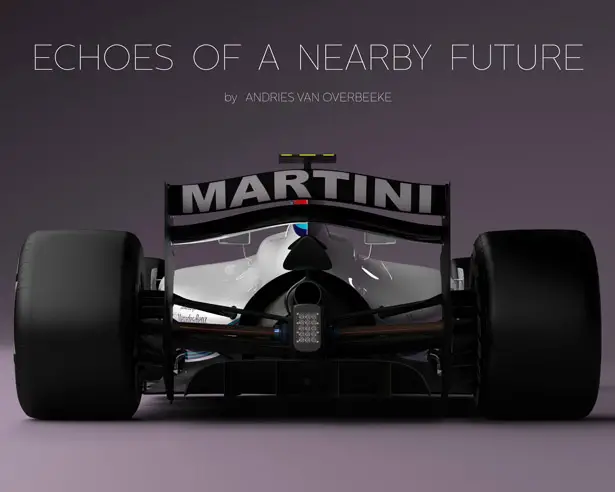
By making the cars 2.15 wide and widening the rear tyres, there is more mechanical grip. The wider cars and especially the larger diameter of the rear wheels makes for a larger drag penalty, meaning a reduced top speed, meaning more time spent on the straight, meaning more battle for position.
The larger drag penalty also means that there is a larger wake, meaning a larger effect of the slipstream for the car behind, so more battle for position.
The front wing is less wide, making the car less sensitive to dirty air, and fits between the front wheels. By widening the car the rotating front and rear wheels have less aerodynamic interaction with the bodywork, making the aerodynamics less complex, reducing simulation costs and closing up the field. That causes closer competition and closer racing.
Although the rear wing is lowered, which is a problem for the car behind, the wing elements are shallower so there is less dirty air produced. The curvy rear wing may seem like a styling exercise, but let me explain. Currently the regulations are defined with boxes, planes and lines. This makes for very boxy shapes that leads unnatural shapes like with the recent stepped noses.
Let’s introduce curve driven design regulations, less arbitrary cut off points, more flowing and natural shapes.
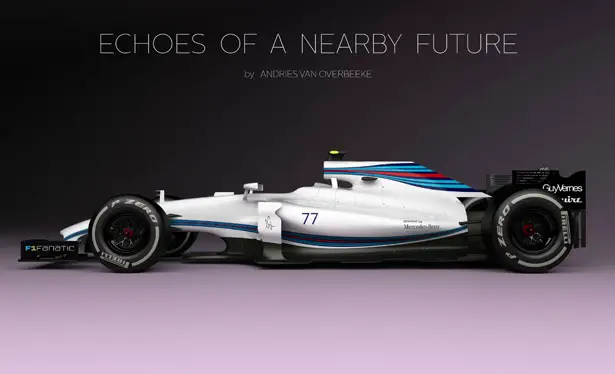
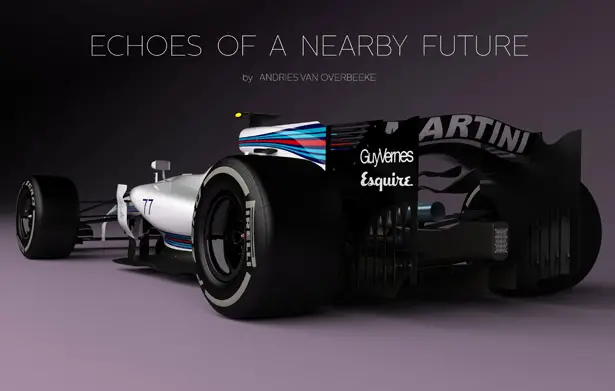
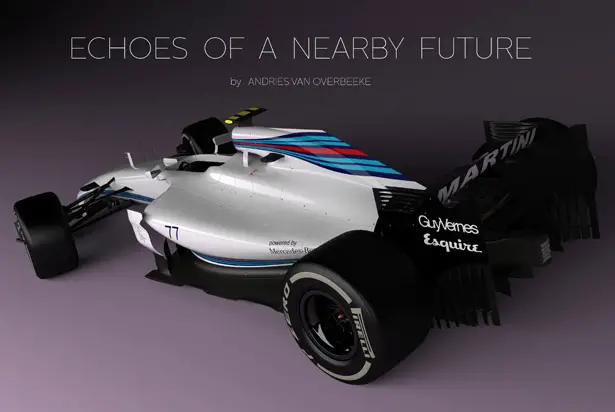
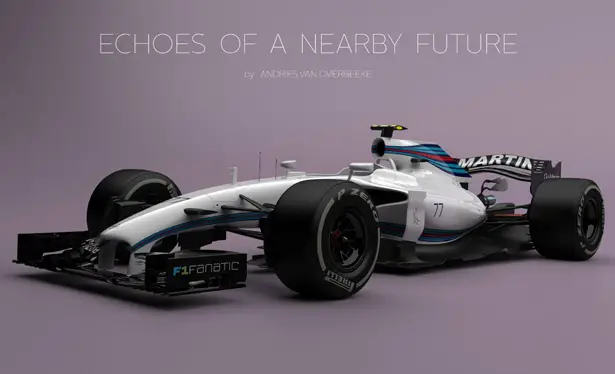
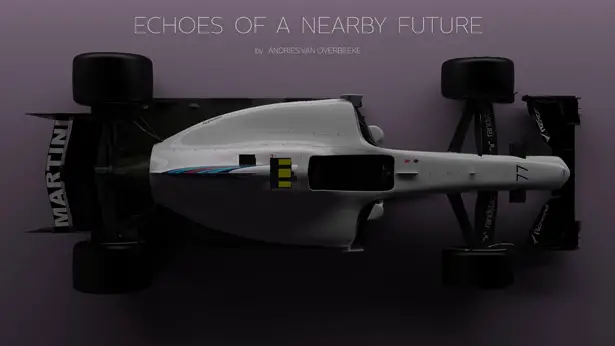
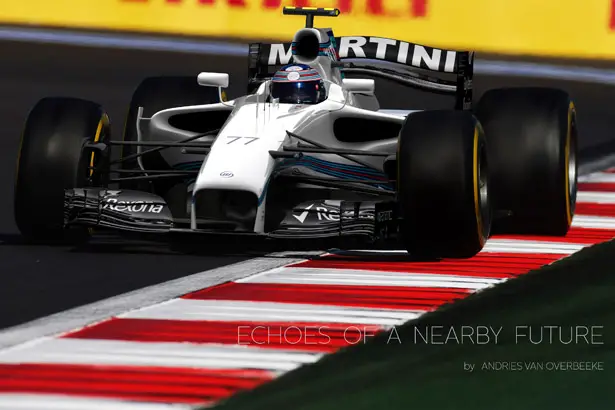
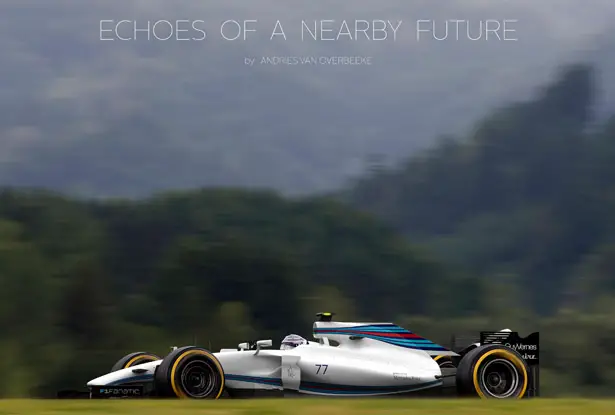

Tuvie has received “Echoes of a Nearby Future” project from our ‘Submit A Design‘ feature, where we welcome our readers to submit their design/concept for publication.








Thats freaking awesome bro! Thats an aesthetic spectacle!! Hopefully Bernie sees this haha!
That´s right man
I also think so … 🙂
Yeah!
Who li of you likes Mick Schumacher guys ?!?